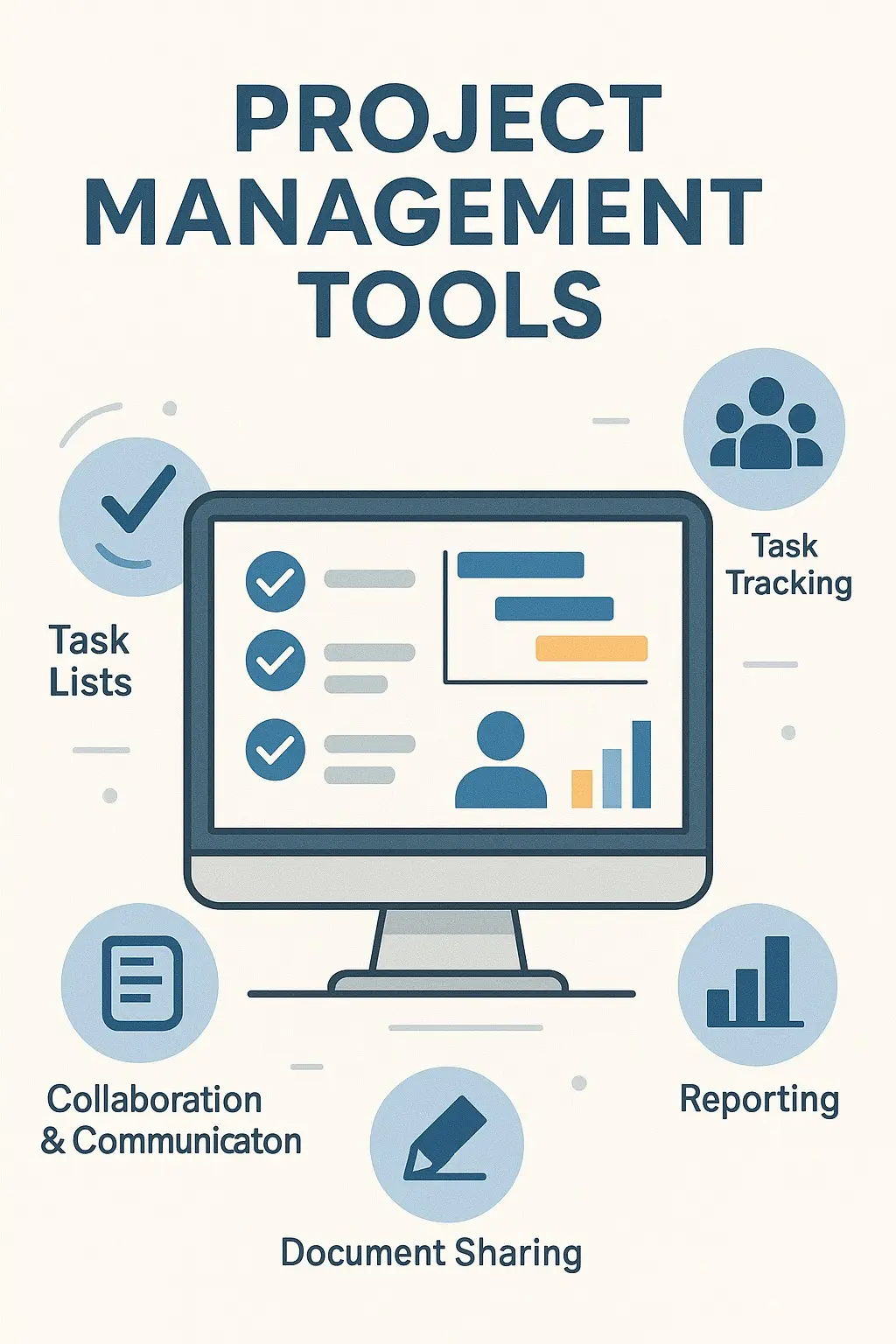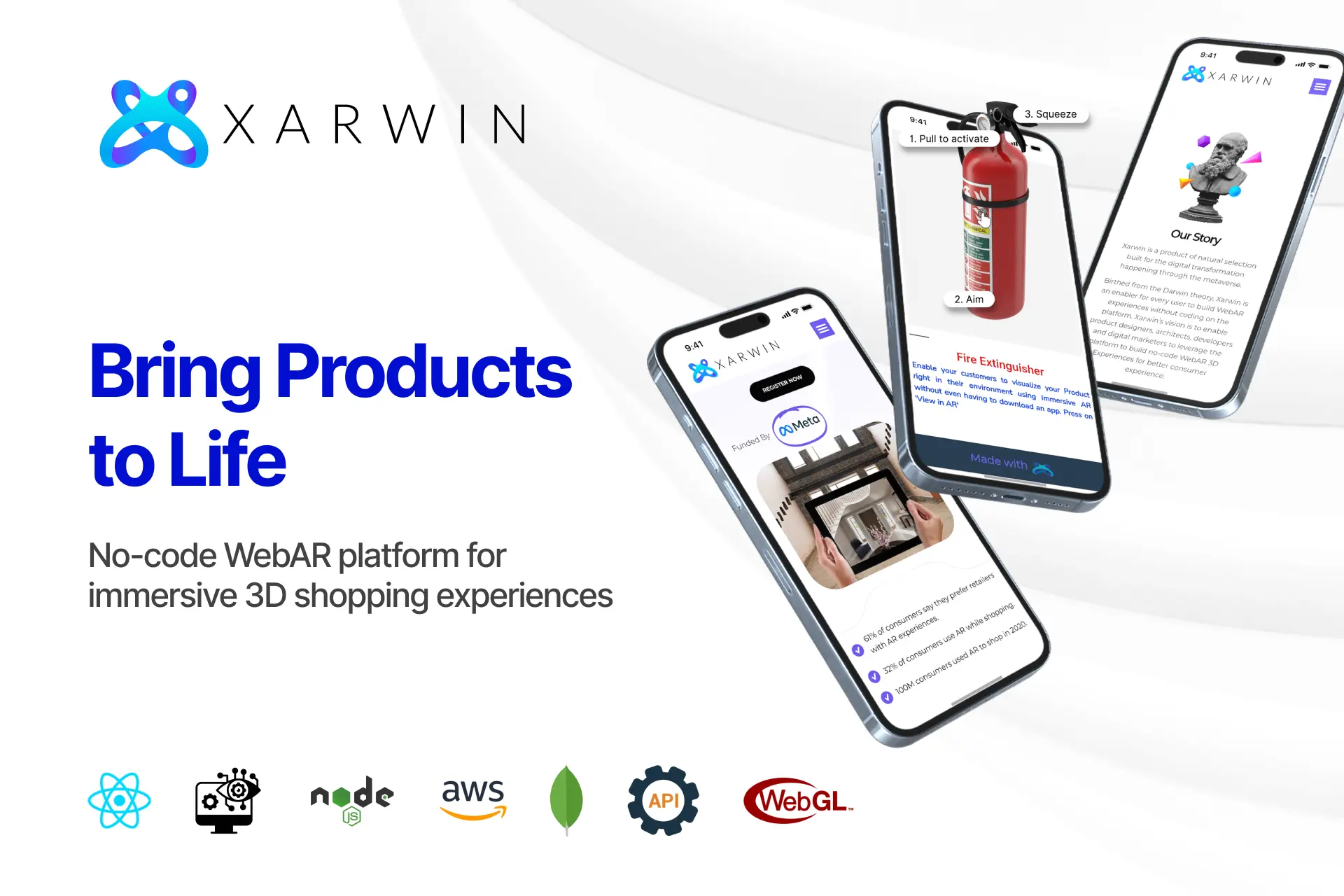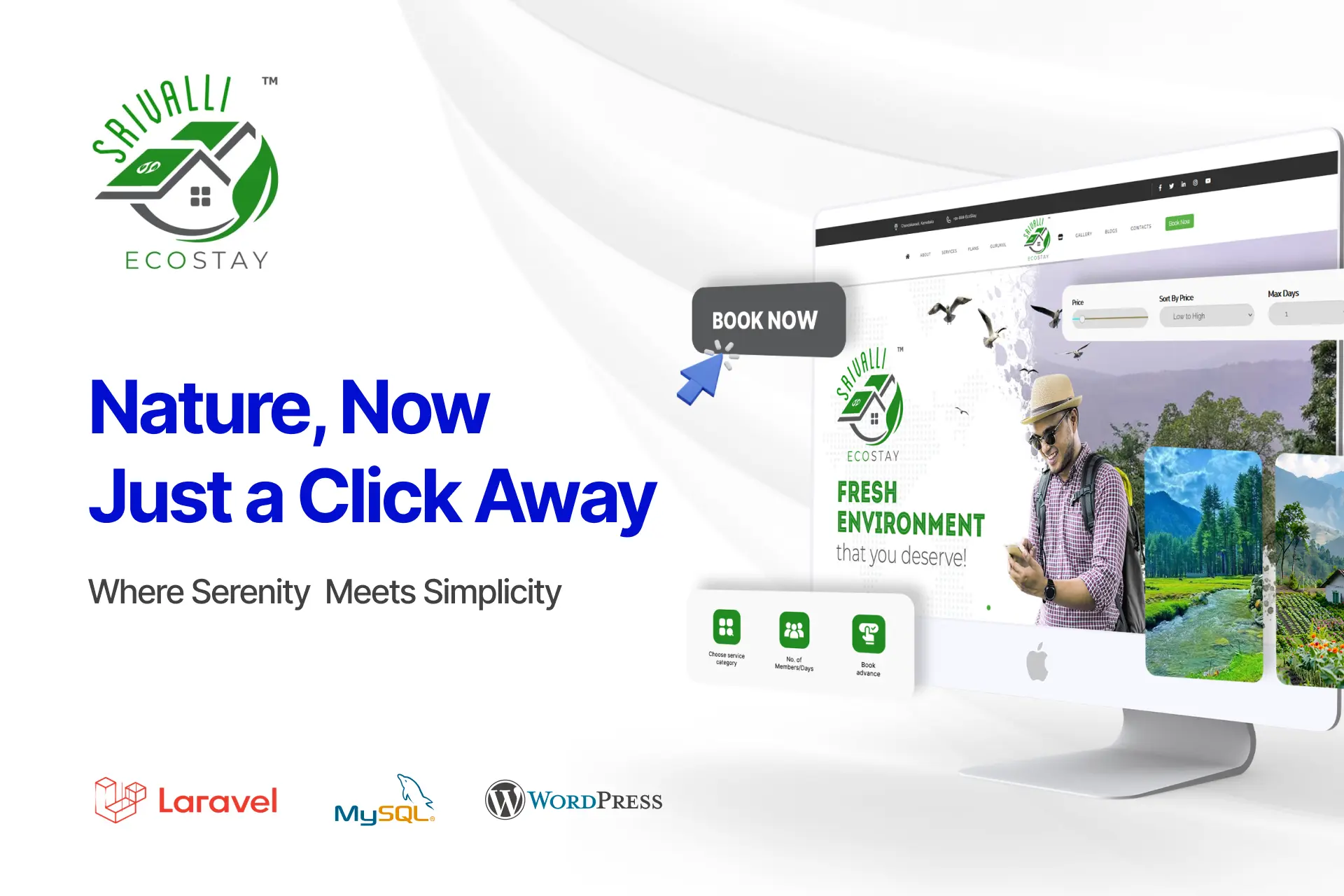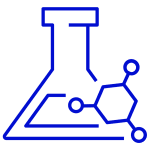Why Project Management Matters for SaaS
Key Features
No matter the industry, every team needs a few core features to stay on track. Here’s what makes the biggest difference for Small team (1–10) teams:
Collaboration & Communication
Great projects succeed because people stay connected. A good project management tool centralizes chats, comments, and updates in one place so no one is left chasing email threads. For Small team (1–10) teams, real-time collaboration means fewer misunderstandings and quicker decisions—essential when deadlines are tight.
Task Tracking & Deadlines
If tasks aren’t visible, they don’t get done. Task tracking features let Small team (1–10) teams assign responsibilities, set due dates, and monitor progress. With automated reminders and status updates, you cut down on missed deadlines and ensure accountability at every level.
Document Sharing & Version Control
We’ve all been stuck asking, “Which version is the latest?” A modern tool eliminates this by offering centralized file sharing and automatic version tracking. For Small team (1–10) teams, this means everyone works on the same document—no duplication, no errors.
Reporting Dashboards
Data drives better decisions. Reporting dashboards give Small team (1–10) teams clear visibility into workload, progress, and bottlenecks. Instead of digging through spreadsheets, managers can spot issues instantly and adjust resources.
Mobile Access for Distributed Teams
Today’s workforce is mobile and often remote. Project management tools with mobile apps allow Small team (1–10) teams to update tasks, review documents, and join discussions from anywhere. This flexibility keeps momentum going, even outside office hours.
If you’re running a Small team (1–10) team, you know how quickly tasks can slip through the cracks without the right system.

Comparing Trello vs Airtable
Feature comparison
When it comes to features, both Trello and Airtable cover the basics of task management, but they differ in depth. Trello often shines with Gantt charts, workflow automation, and integrations with tools like Slack, Google Drive, and CRM systems—capabilities that give SaaS teams in United States stronger coordination. Airtable, on the other hand, is usually praised for simplicity and a clean interface that’s easier for non‑technical users.
Pricing tiers
Pricing is often the deciding factor for Small team (1–10) teams. Trello typically uses a per‑user/month pricing model with tiered features, making it flexible but potentially more expensive at scale. Airtable tends to offer flatter, simpler pricing structures that appeal to budget‑conscious companies or startups in United States. For example: “Trello starts at $X per user/month, while Airtable offers a fixed $Y/month plan.”
Conclusion
Both tools are capable, but the best fit depends on priorities. If your SaaS team in United States values deep integrations, automation, and scalability, Trello may be the stronger option. If you prefer streamlined usability and predictable pricing, Airtable might be the more practical fit.
Real-World Use Cases in United States
Industry firm scenario
A SaaS company in United States adopted Trello to manage sprint cycles, bug tracking, and feature launches. By bringing developers, QA, and product managers into one shared dashboard, they cut release delays by 20% and reduced back-and-forth emails. Client-facing teams also gained visibility into what’s shipping, making support and marketing better aligned.
Startup scenario
A Small team (1–10) SaaS startup automated sprint planning and recurring stand-up updates with Trello. Instead of spending hours preparing reports, developers logged progress automatically. This freed leaders to focus on scaling their product, while still keeping investors informed with exportable reports.
Global company scenario
A multinational SaaS provider in United States used Trello to manage distributed engineering teams. Real-time updates across time zones meant product launches happened seamlessly despite different geographies.
Best Practices for Adoption & ROI
Onboarding
Rolling out Trello across a SaaS team works best with templates for sprint cycles, bug reports, and release checklists. This reduces training time and ensures developers and PMs jump straight into familiar workflows.
A clear onboarding roadmap prevents tool fatigue and boosts adoption rates. When everyone sees immediate value, teams are more likely to stick with Trello long-term.
Integrations
Most SaaS teams already use GitHub, Jira, Slack, or customer success platforms. Integrating Trello with these tools avoids duplicate effort and creates a “single source of truth” for all updates.
By embedding Trello into daily workflows, teams avoid the “yet another tool” pushback. Instead, it becomes the backbone for agile delivery and smoother client handoffs.
Tracking ROI
For SaaS, ROI shows up in faster release velocity, fewer missed deadlines, and reduced bug backlogs. Teams can benchmark average sprint completion time before and after adoption to quantify the improvement.
Regular reporting proves the impact to leadership and investors. This positions Trello as not just a project tracker but a growth enabler.
Boost team productivity with a project management tool built for your needs.
Conclusion
Adopting the right project management tool is about more than tracking tasks — it’s about enabling growth and collaboration. Whether you’re in SaaS or any other sector, platforms like Trello help Small team (1–10) teams in United States work smarter, reduce delays, and improve accountability. By focusing on structured onboarding, seamless integrations, and ROI measurement, businesses can transform daily workflows into long-term efficiency. The result is fewer missed deadlines, higher productivity, and stronger client satisfaction. In 2025 and 2026, teams that embrace smarter project management will gain a clear advantage over competitors and position themselves for sustainable success.
Recent Posts

AI-Powered Packaging Inspection with Computer Vision


How a Custom WMS helped UPS automate 2.4M Transactions

Cost of building an AI Recruitment tool
Start managing projects smarter - try the right tool today.
Partner with Nyx Wolves
As an experienced provider of AI and IoT software solutions, Nyx Wolves is committed to driving your digital transformation journey.
Your benefits:
- Client-oriented
- Independent
- Competent
- Results-driven
- Problem-solving
- Transparent
What happens next?
We Schedule a call at your convenience
We do a discovery and consulting meting
We prepare a proposal
Schedule a Free Consultation
See Our Case Studies

AI-powered job matching platform
PerpectV AI-Powered Job Matching Platform for Leading South African

No-code web based AR Platform
Revolutionizing Online Product Showcase with No-Code WebAR Xarwin is


Case Study – Ecostay
Srivalli Ecostays offers a unique hospitality experience, allowing guests




